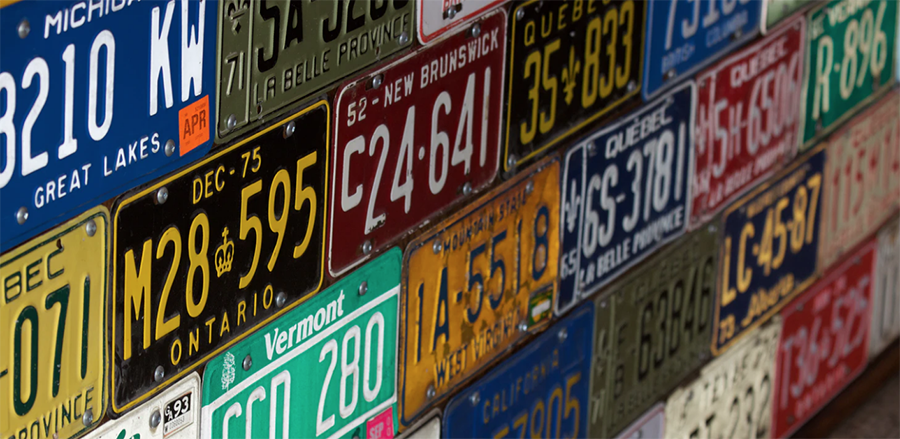
Automatic License Plate Recognition (ALPR) uses a combination of hardware and software components to capture and analyze information that can be used for security and surveillance, traffic management, toll collection, parking control, or locating stolen or abandoned vehicles. Cameras can be both stationary and mobile; each has specific uses within ALPR technology.
For example, mobile ALPR cameras, often attached to police patrol cars, help manage traffic, prevent crime, detect stolen vehicles, recover lost or stolen license plates, and more. They capture license plate numbers as well as the date and time when a suspect car was parked, day or night in any weather conditions. However, capturing an undistorted image at an optimal size and with correct proportions is not without its challenges. ALPR’s sensitive algorithms are designed and built to regulate the contrast and brightness of the captured license plate image, sometimes several simultaneously. There are thresholds used to control those parameters.
Capturing an undistorted image of a moving car in motion is more complex than one that is stationary. Weather conditions, time of day, and amount and quality of ambient light also present challenges, but are mitigated and corrected through the use of advanced custom ALPR software.
Analytic software then translates these images into machine-readable characters based on optical character recognition (OCR) algorithms. OCR is a powerful and complex technology that relies on a database of quality images to find a match between two images. ALPR’s top-notch software relies on six OCR algorithms that, in combination, can handle blurred images, a wide range of fonts and colors, and multiple rows—ensuring accurate output and making the operation much more efficient.
ALPR algorithm divides a license plate image into chunks and character segmentation detects all the different constituent parts of the image. It fragments the figures from a given license plate into letters and numbers, segmenting characters using parameters such as font, structure, color, and distance between the characters.
The captured image is then ready for translating into alphanumeric text. The text can be used as the input for the algorithm, whose task is to verify the information by comparing the recognized number to what is stored in a database. By analyzing each recognized number or letter, the algorithm classifies them into certain classes based on the complexity of the captured license plate image. The criteria for shaping these classes will depend on the complexity of a captured license plate.
Uses for ALPR in law enforcement are obvious, but are there other uses for this technology?
The answer in many cases is yes. Depending on location specifics and the standards used for the fabrication of license plates, a customized ALPR systems can be used to:
Manage parking facilities: Controlling gates with the help of an automated solution can restrict certain vehicles from parking, monitor vehicle ingress and egress, and manage payment options.
Collect tolls electronically: Custom ALPR systems can be used to supervise toll roads, bridges, and tunnels.
Control access: A specially designed ALPR system can oversee entry permits and monitor exits at sensitive locations such as airports and other restricted places.
Monitor Vehicle Locations: ALPR is capable of collecting data on vehicle location and more for highway agencies by reading license plates, collecting vehicle location data, and analyzing the data.
Prevent crimes: ALPR can capture information from vehicles that are on a watch list, sending alerts and potentially preventing crimes.
Enforce traffic rules: ALPR captures the license plates of vehicles that break the speed limit, run stop signs, or go through red lights.
ALPR technology is already an important tool in the tech stacks of many businesses, representing a fast-growing US market that is projected to hit $3.57 billion in sales by 2023.
